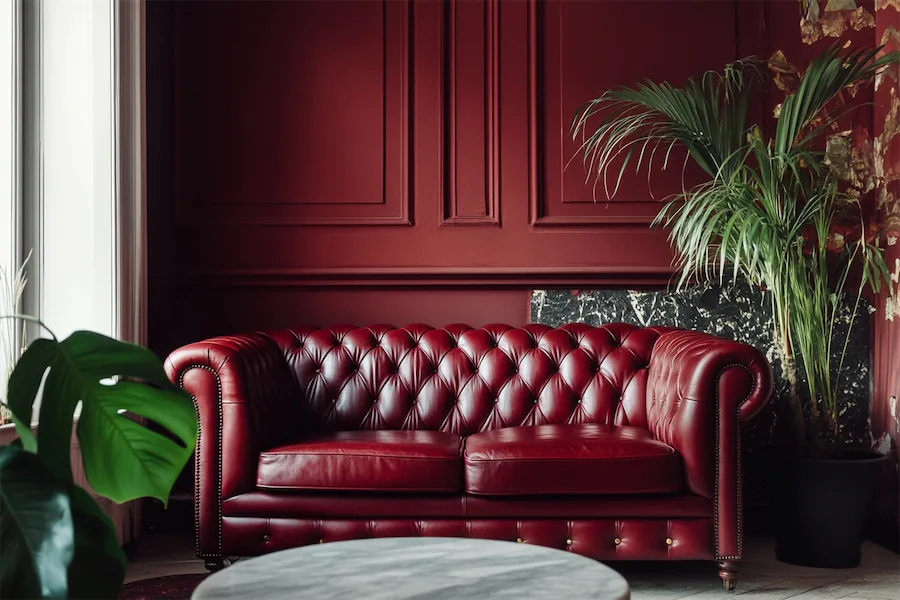A Classic Leather Sofa epitomizes timeless elegance and enduring comfort in interior design. Renowned for its durability and luxurious appeal, it remains a staple in both traditional and contemporary homes.
History and Origins of Classic Leather Sofas
The use of leather in furniture dates back to ancient civilizations, where it symbolized status and luxury. In ancient Egypt, leather was used to cover chairs and cushions, reflecting wealth and prestige. The Greeks and Romans further advanced leather tanning techniques, creating more refined and comfortable seating options.
During the Middle Ages, leather furniture became more widespread across Europe, commonly used by the wealthy for chairs and benches. The process of tanning leather improved, allowing for more intricate designs and greater comfort. However, leather sofas as we know them today had not yet emerged; most seating was still quite rudimentary compared to modern standards.
The Industrial Revolution in the 18th and 19th centuries brought significant changes to the production of leather furniture. Advances in technology and mass production techniques made leather more accessible and affordable. The rise of the middle class meant that more people could afford leather sofas, which were now seen as a symbol of comfort and sophistication.
One iconic design that emerged during this period is the Chesterfield sofa, characterized by its deep button tufting, rolled arms, and high-quality leather upholstery. Commissioned by Lord Philip Stanhope, the fourth Earl of Chesterfield, in the mid-1700s, this design aimed to allow gentlemen to sit comfortably without creasing their suits. The Chesterfield quickly became a symbol of class and wealth, influencing sofa designs for centuries to come.
Key Features of Classic Leather Sofas
- High-Quality Leather: Typically crafted from top-grain or full-grain leather, offering a supple feel and developing a unique patina over time.
- Durable Construction: Built with robust frames and high-quality cushioning to ensure longevity and comfort.
- Timeless Design Elements: Features such as tufted backrests, rolled arms, and nailhead trims contribute to their classic appeal.
- Versatility: Available in various styles and colors, allowing them to complement a wide range of interior décors.
Applications of Classic Leather Sofas
- Living Rooms: Serve as a focal point, adding sophistication and comfort to the primary gathering space in a home.
- Office Spaces: Often used in executive offices and waiting areas to convey professionalism and luxury.
- Libraries and Studies: Provide a comfortable seating option that complements the traditional ambiance of such rooms.
Considerations When Choosing a Classic Leather Sofa
- Quality of Leather: Opt for full-grain or top-grain leather for enhanced durability and a more authentic appearance.
- Comfort: Ensure the cushioning and support meet your comfort preferences, especially if the sofa will be used frequently.
- Size and Proportion: Select a size that fits well within your space, maintaining balance with other furniture pieces.
- Maintenance: Be prepared for regular care, including cleaning and conditioning, to preserve the leather’s appearance and longevity.
Conclusion
The Classic Leather Sofa remains a symbol of elegance and durability, seamlessly fitting into various interior styles. Its rich history and timeless design continue to make it a preferred choice for those seeking both luxury and comfort in their living spaces.
